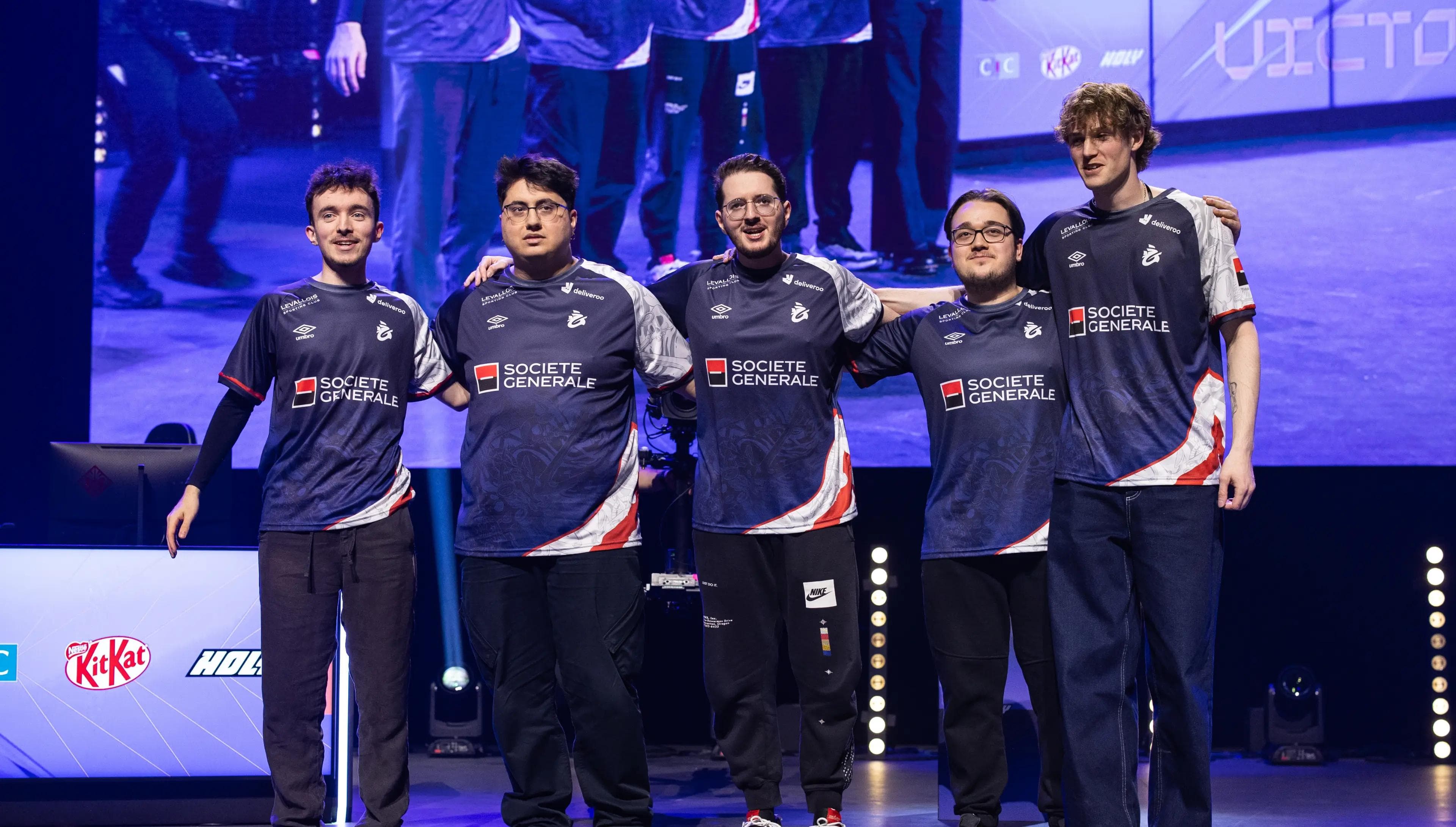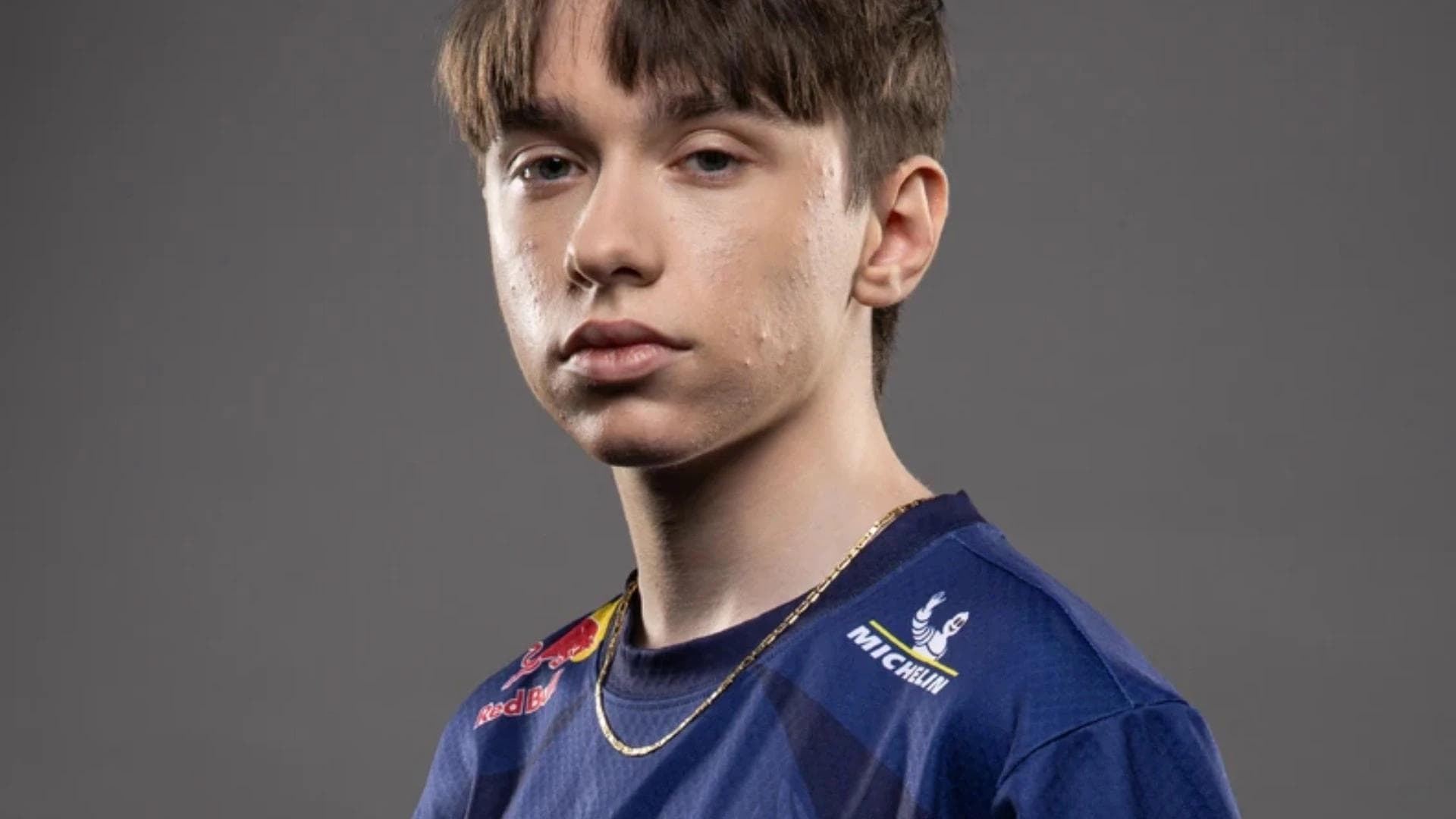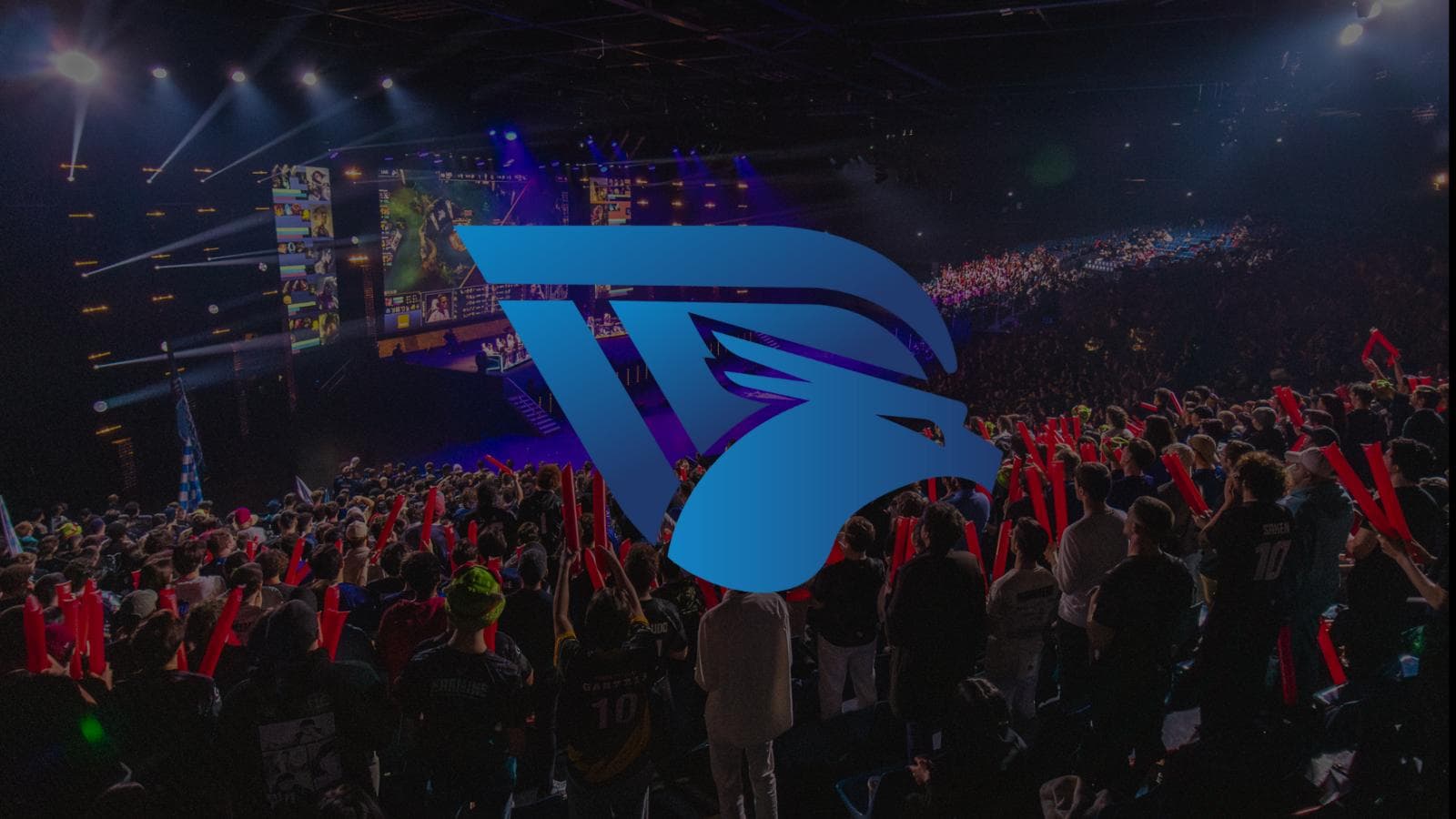A Division in Transition
As most French readers and LFL fans might be aware, something significant is unfolding in LFL Division 2. This includes the mid-year withdrawal of ViV, rumors of team mergers, and the official announcement of Atletec's departure, all of which point to an underlying issue.
To gain insight into the financial dynamics of the LFL's lower division, I conducted a series of interviews with certain league stakeholders. I would like to express my gratitude to them for their collaboration and candor, and they will remain anonymous. The methodology was straightforward: I used a standardized questionnaire that focused on finances and budgeting. I synthesized and contextualized the gathered information to draw specific conclusions regarding the economic challenges faced by a transitioning league.
Diversity of sporting and financial objectives
It's important to remember the differences in projects among the league's teams, differences that begin with the legal structure of clubs. Some, like PCS, operate as non-profit associations with the support of volunteers.
Others describe their division 2 assets as "side businesses" for enthusiasts in which they hope to develop connections and commercial opportunities, which can then potentially translate into other ventures within the entertainment sector. Finally, the majority are owned by individuals or groups venturing into uncharted territory. Almost all of them share a common goal: ascending to the LFL 1st division. However, even before the start of the competition, not all organizations commence their journeys with the same foundations.
Budgetary disparities
Some have informed me that they only received confirmation of their participation in the LFL Division 2 very late into the off-season (typically late November or early December). As a consequence, teams affected by these late decisions are faced with tight deadlines and very little time to assemble rosters in a transfer market that often begins weeks, if not months, in advance. Due to this, many teams tend to lean toward acquiring players from the Mastercard Nexus Tour (MNT) since lower league talent is easier to secure, given the guarantee of being able to compete in the open tournament.
In terms of budgets, differences are also evident, regardless of sporting results. Resources within the league's structures vary significantly, ranging from tens of thousands of euros to six-figure budgets. This disparity allows some teams to offer their players average salaries ranging from approximately €1,500 to €2,000 per month, while for others, no player receives more than €1,000 per month, or even just a few hundred euros. How do these discrepancies arise? To answer this question, it was crucial to understand the operational budgets of the teams.
Origins of budgetary disparities
Naturally, the portion of investments from the owners' personal funds is the most significant for nearly all the clubs. However, while sponsorship is a major revenue source for LFL clubs, in the 2nd division, it's a luxury that only a few teams can boast about.
Only a handful of sponsorship contracts amount to rarely more than tens of thousands of euros, which is hardly sufficient to cover the operating budget of a division 2 team, averaging between €40,000 and €70,000.
At times, certain sponsorship agreements do not materialize, leading to two schools of thought among team owners: those who were waiting for funds to become available to fulfill their financial commitments to their players and staff, and those who were relying on future income. When agreements are canceled, some CEOs may have to take on part-time jobs to meet their obligations.
Insufficient financial support from the League
If we were to summarize the various feedback regarding the league's financial contribution, it could be described as "non-existent." As spectators, one might imagine that the league's increasing visibility could lead to revenue sharing or financial assistance for the teams.
However, currently, the teams are only allocated a flat reimbursement of travel expenses for media days and Division 2 offline events, which are mandated by Webedia, at approximately €1,500. For some teams, this amount doesn't even cover all the expenses incurred in moving their players, and the wait for expense reimbursement can sometimes last for weeks.
A lack of financial support from the League
One might have expected that a league with a peak of 24,000 unique viewers and an average of 6,000 viewers throughout the year would financially support the sustainability of its participants. However, the teams are left to handle their expenses on their own. As a team owner, it becomes challenging to plan for the long term in the LFL's lower division when salaries are on the rise, sponsorship revenue is nearly non-existent, and the league does not offer any financial assistance or redistribution.
A Call for Action
The situation is alarming, and cases of financial distress are increasing. We can't help but think about the recent case of ViV. However, other organizations are also questioning the sustainability of their activities in Division 2. Even a promotion to the LFL, with the intention of selling the slot, would not cover their cumulative investments. According to the teams, it is the league which monetizes their image and their players that should address the revenue shortfall. They describe the ideal of financial balance in a league where major sponsors interested in esports tend to gravitate toward the LFL as illusory.
In conclusion, it is evident that something needs to change financially for Division 2, where bankruptcy cases and unpaid bills are accumulating. This has a direct impact on the players and could ultimately tarnish the organizer's image and, more broadly, that of the publisher. According to the heads of the league's structure, it is Webedia's responsibility to, at the very least, initiate discussions to address this challenging reality.








/Comments
Write a comment